Pride of capital
According to statistics from the Department of Culture, Sports and Tourism, the province currently has over 640 historical and cultural relics, scenic spots, over 360 intangible cultural heritages in 7 types including: Traditional folk festivals, heritage, traditional crafts, folk performing arts heritage, folk language and literature heritage, social customs heritage, spoken and written language heritage and folk knowledge heritage.
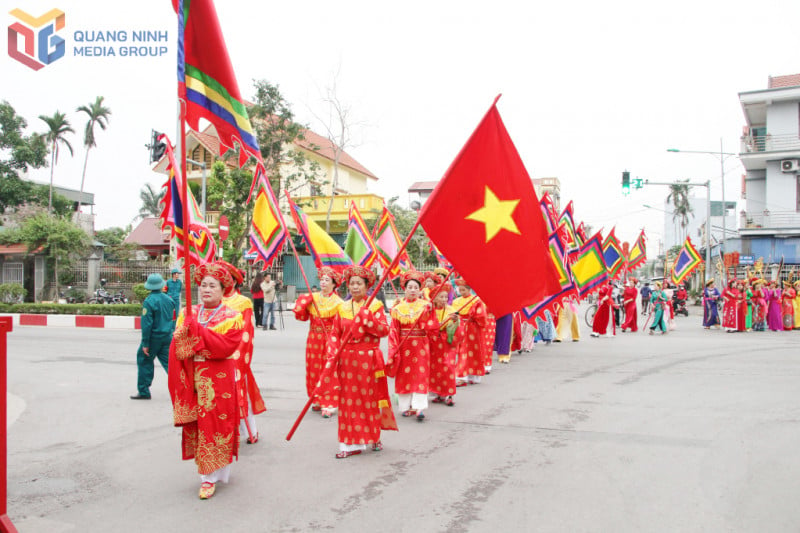
Bach Dang Festival 2025
Up to now, Quang Ninh has 19 heritages included in the List of National Intangible Cultural Heritages, including: Then practice of the Tay, Nung, Thai people; Nha to singing; Cua Ong Temple Festival; Tien Cong Festival; Tra Co Communal House Festival; Quan Lan Communal House Festival; Bach Dang Festival; Soong Co folk singing performance art of the San Chi people; Soong Co folk singing performance art of the San Diu people; Dam Ha Communal House Festival; Van Ninh Communal House Festival; Xuong Dong Festival; Wind Abstinence Custom of the Dao people in Dong Van commune, Binh Lieu district (now Hoanh Mo commune, Quang Ninh province); Cap sac ceremony of the Thanh Y Dao people; New rice celebration ceremony of the Tay people; Folk knowledge of the art of sewing traditional costumes of the San Chi people; Folk knowledge of the art of sewing and decorating costumes of the Thanh Phan Dao people; Social customs and beliefs of the Harvest Praying Festival of the San Chi people; Folk performance art of singing in the coastal areas of Quang Ninh province. In particular, Quang Ninh has the Then heritage of the Tay people and is one of 11 provinces with Then of the Tay, Nung, and Thai ethnic groups in Vietnam recognized by UNESCO as a representative intangible cultural heritage of humanity.
The province currently has nearly 120 festivals, including nearly 80 traditional festivals. In recent times, all levels, sectors and localities have proactively coordinated to do a good job of organizing annual festivals, restoring traditional festivals with long-standing rituals and beliefs. Festival activities are rich, healthy, practicing beliefs in a civilized manner, not only meeting the people's need to enjoy culture, but also creating values of community cohesion, spreading the responsibility of preserving culture, and at the same time creating unique tourism products to attract visitors from all over the world.
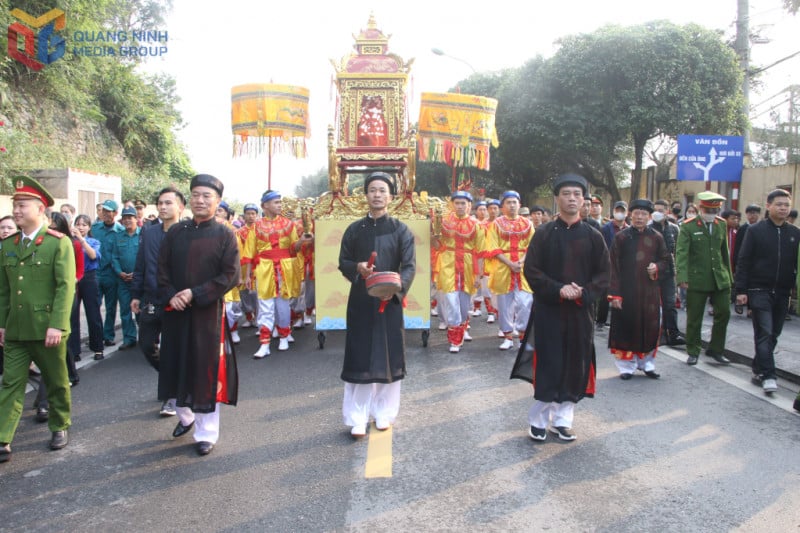
The procession of the palanquin of Duc Ong and the deities is a traditional ritual of the Cua Ong Temple festival.
The diversity and richness of the cultural heritage treasure in general, and intangible cultural heritage in particular, have affirmed the cultural depth and unique identity of Quang Ninh as well as the unique cultural values of the ethnic communities here. This is also the basis for strengthening the work of preserving, promoting and disseminating those precious heritage values to the public, contributing to promoting heritage associated with tourism development; gradually concretizing Resolution 17-NQ/TU of the Provincial Party Committee "On building and promoting cultural values, the strength of Quang Ninh people to become an endogenous resource, a driving force for rapid and sustainable development".
Let the heritage shine forever
"Awakening" the potential value of intangible cultural heritage, not only stopping at inventory and restoration, the localities of the province have also proactively integrated heritage conservation into community life in a creative and flexible way, with the people themselves playing the main role. Accordingly, traditional folk art forms, folk games, and traditional rituals have been brought back into community cultural spaces through the activities of art clubs in communes and wards; teaching activities in schools; performances during festivals, local cultural and political events, at tourist destinations; exhibition activities at museums, etc.
Along with that, the province has directed localities to develop models of ethnic minority villages and hamlets to become "living museums" to preserve and promote traditional cultural identities, associated with serving tourism development such as: Tay village (Luc Hon commune), San Chi village (Binh Lieu commune), Dao village (Hai Son commune)... From here, it not only creates conditions for people to access and practice heritage naturally but also is a strategic step to transform traditional cultural values into endogenous, sustainable resources for economic development, improving people's lives.
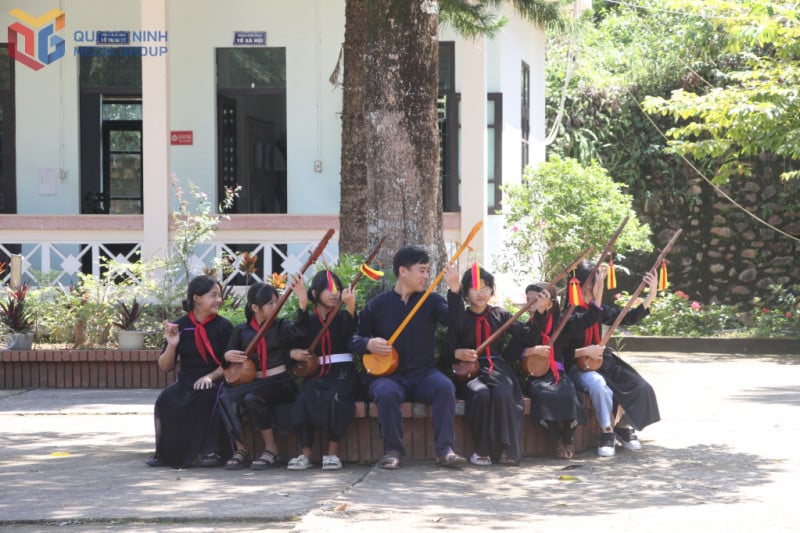
Teaching Then singing and Tinh lute in schools in Luc Hon commune
In addition, the work of honoring the contributions of artisans in preserving, teaching and promoting intangible cultural heritage in the province has also been given attention and encouragement. Since 2015, the province has had 2 people's artisans and 36 excellent artisans in the field of intangible cultural heritage. Last March, the Provincial Awarding Council proposed the Ministry of Culture, Sports and Tourism to submit to the Government for recognition of 16 artisans of Quang Ninh.
In the context of the merger of provinces and cities, the operation of the 2-level local government model has been implemented, which is also posing urgent issues for the conservation, management and promotion of the value of national cultural heritages, including tangible and intangible heritages. Accordingly, on April 7, 2025, the Ministry of Culture, Sports and Tourism issued Document No. 1445/BVHTTDL-DSVH on reviewing, adjusting and implementing the determination of administrative units formed after the arrangement with world cultural and natural heritages and special national monuments. In particular, for intangible cultural heritages, the Ministry requires keeping the name of the heritage so as not to change the historical, cultural and scientific values of the heritage; reviewing the scientific records of the heritage to unify the scope of distribution and spread of the heritage to have a basis for management according to authority; comply with the provisions of Vietnamese law on intangible cultural heritage and the 2003 UNESCO Convention for the Safeguarding of Intangible Cultural Heritage.
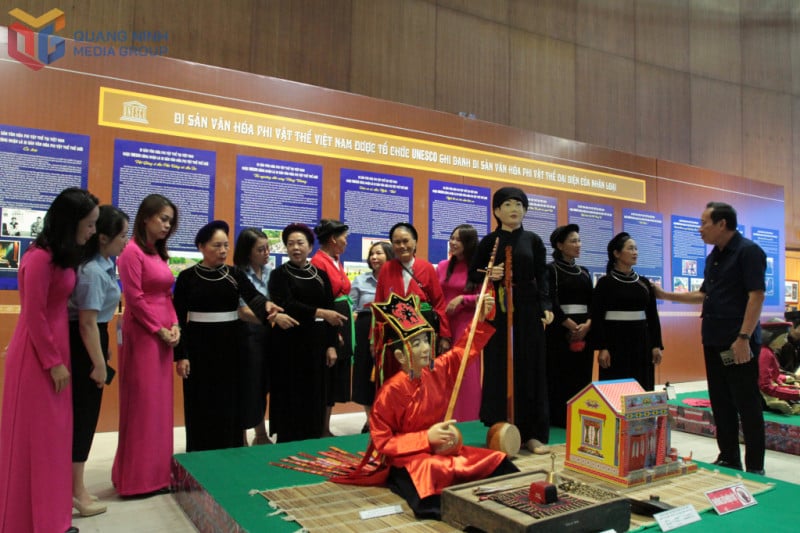
Tourists and artisans visit the exhibition “Colors of intangible cultural heritage of Quang Ninh province in Vietnamese intangible culture” organized by Quang Ninh Museum. Photo: Pham Hoc
According to Associate Professor Dr. Bui Hoai Son, a member of the 15th National Assembly, a Standing Member of the National Assembly's Committee on Culture and Education, the merger of provinces and cities is a major administrative decision but has a profound impact on the cultural space, where tangible and intangible heritages are still quietly preserving the memories, identities and spiritual depth of each land. Therefore, national cultural heritages associated with specific locations, when merging provinces and cities, need to update their scientific records carefully, responsibly and fully in both legal and cultural aspects.
Associate Professor Dr. Bui Hoai Son also said that, facing the challenges in the new context, it is important to have a comprehensive conservation strategy, with continuity from the grassroots, a unified heritage map, especially listening to the voices of the community - those who still preserve each brick, communal house roof, and royal decree from their ancestors.
According to Quang Ninh newspaper
Source: https://bvhttdl.gov.vn/quang-ninh-danh-thuc-di-san-trong-hanh-trinh-phat-trien-ben-vung-20250708103134709.htm







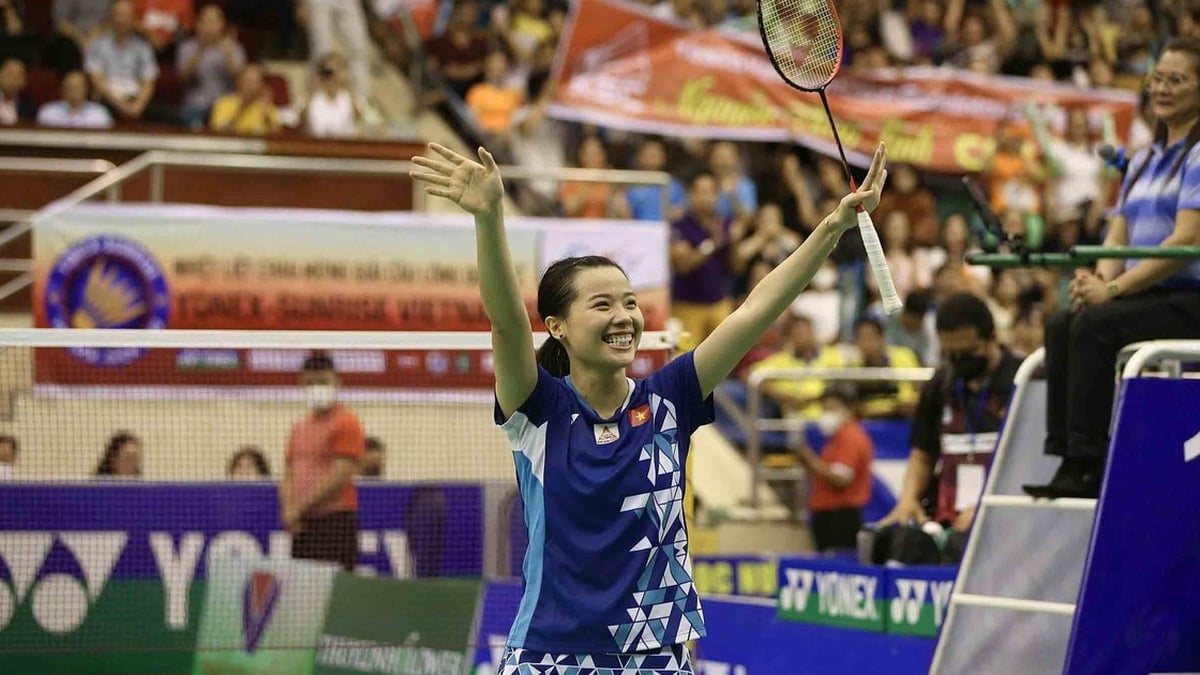

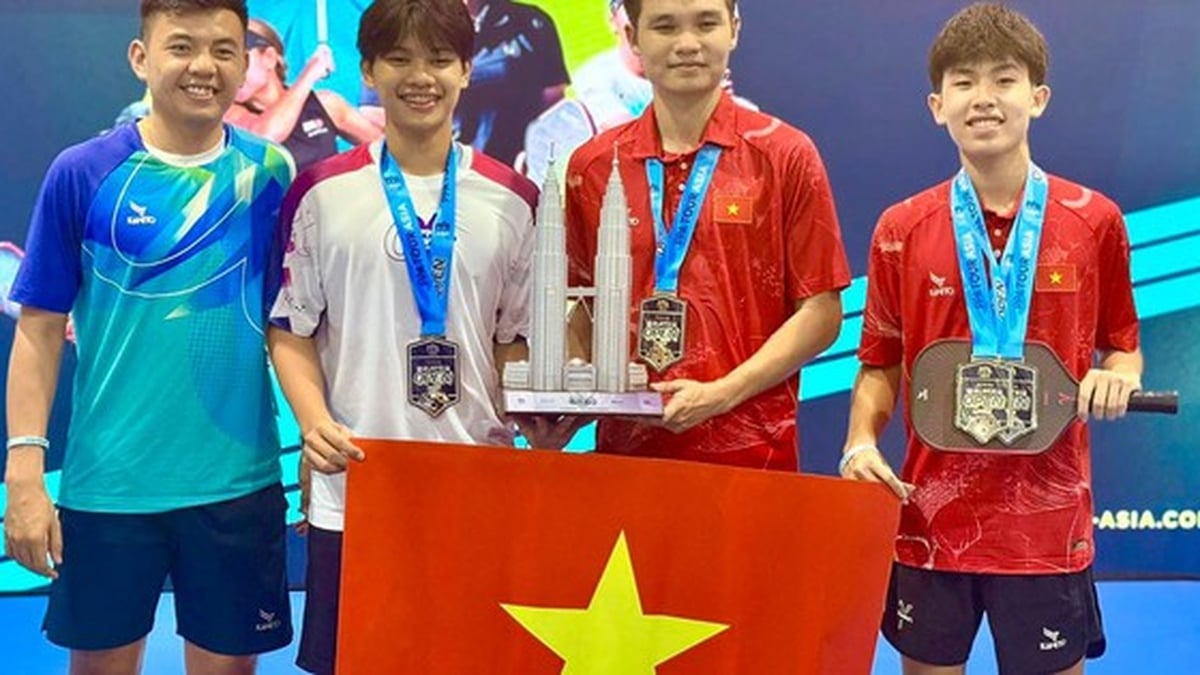










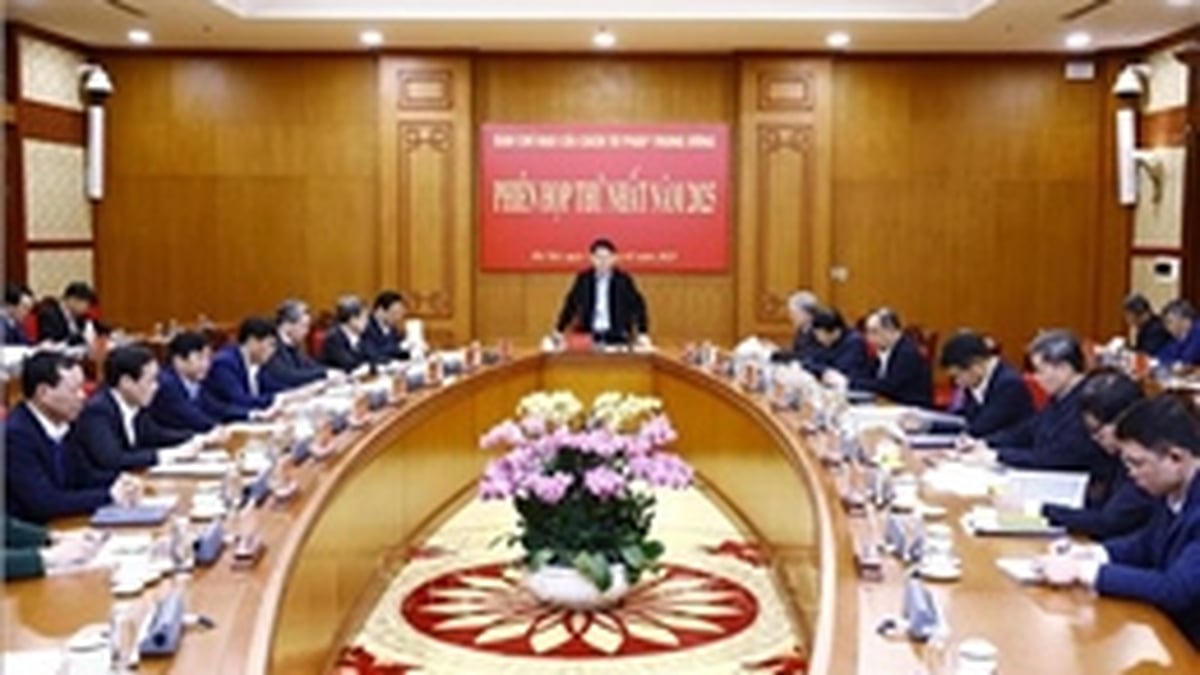



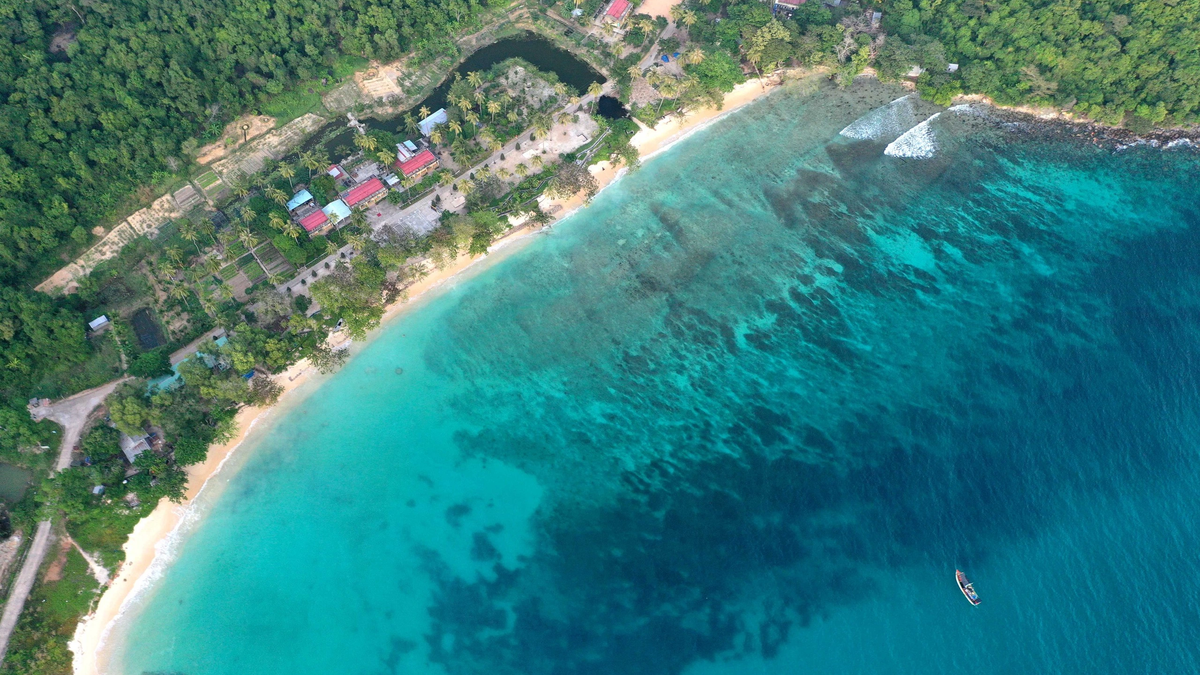


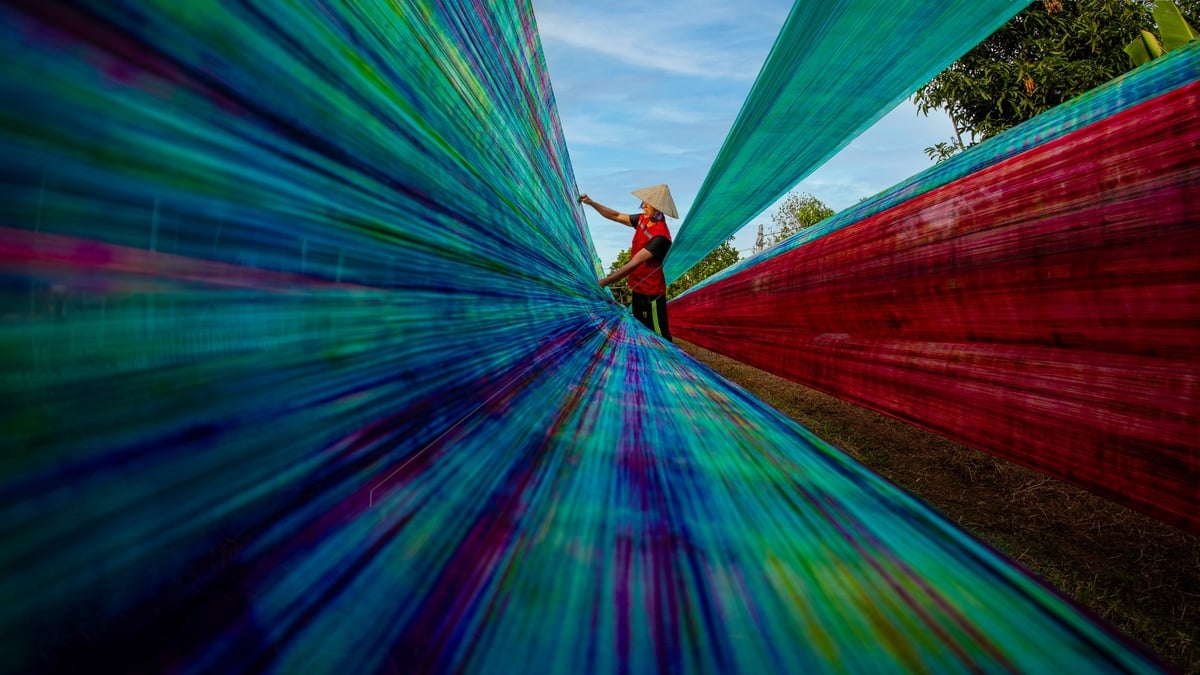








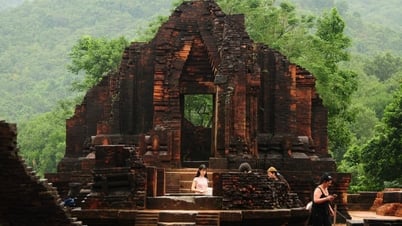
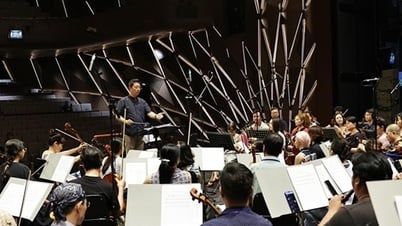

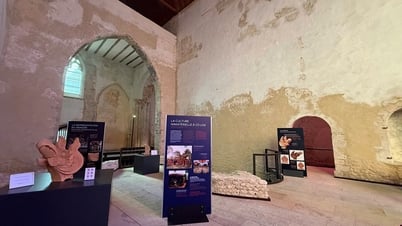










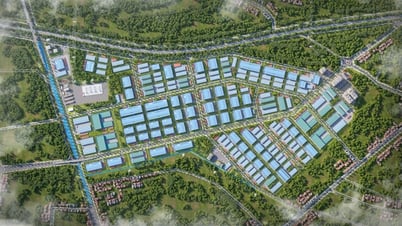



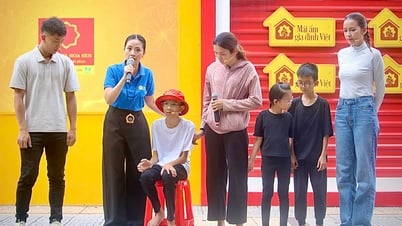



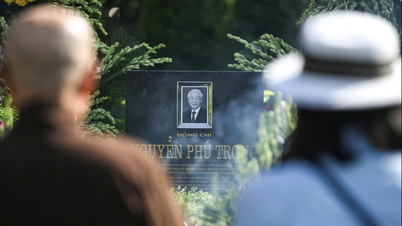



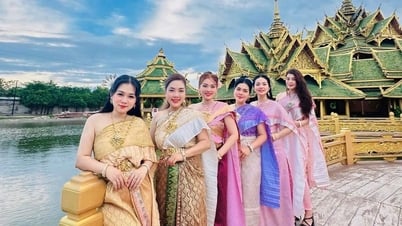

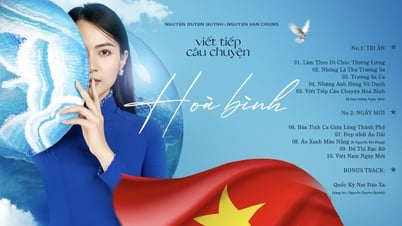

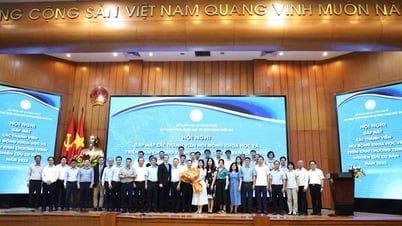

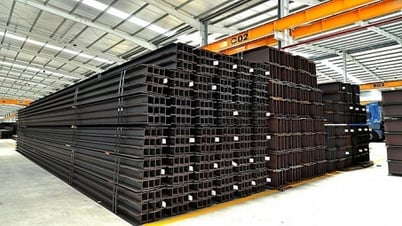




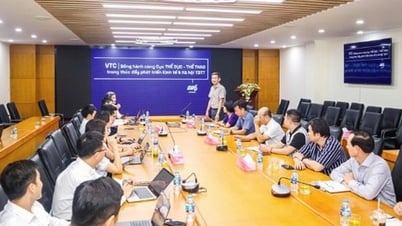


















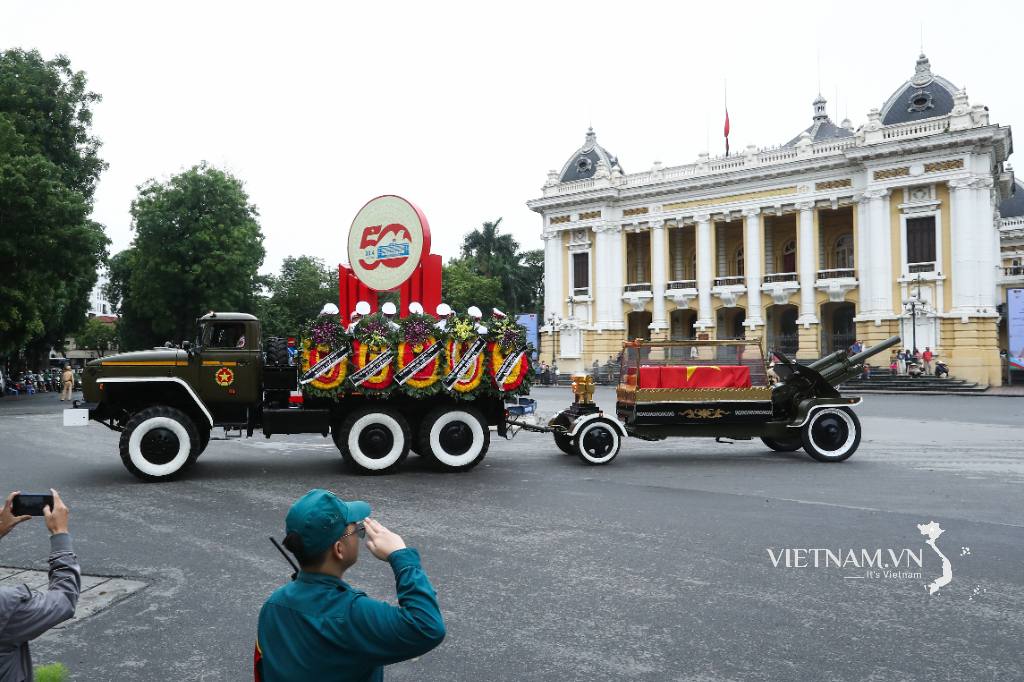
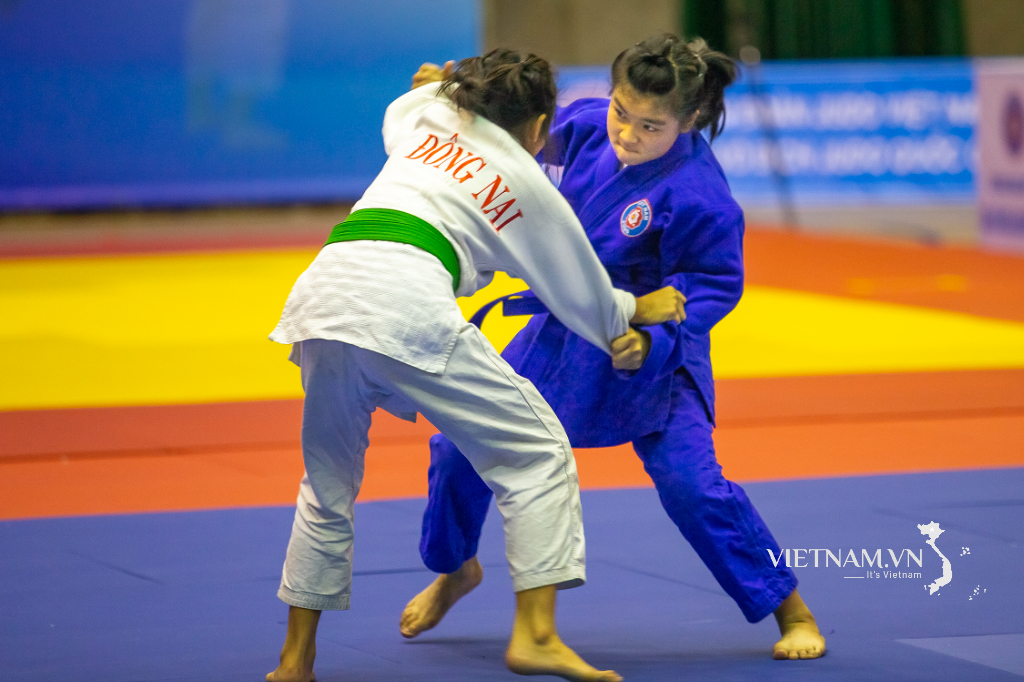
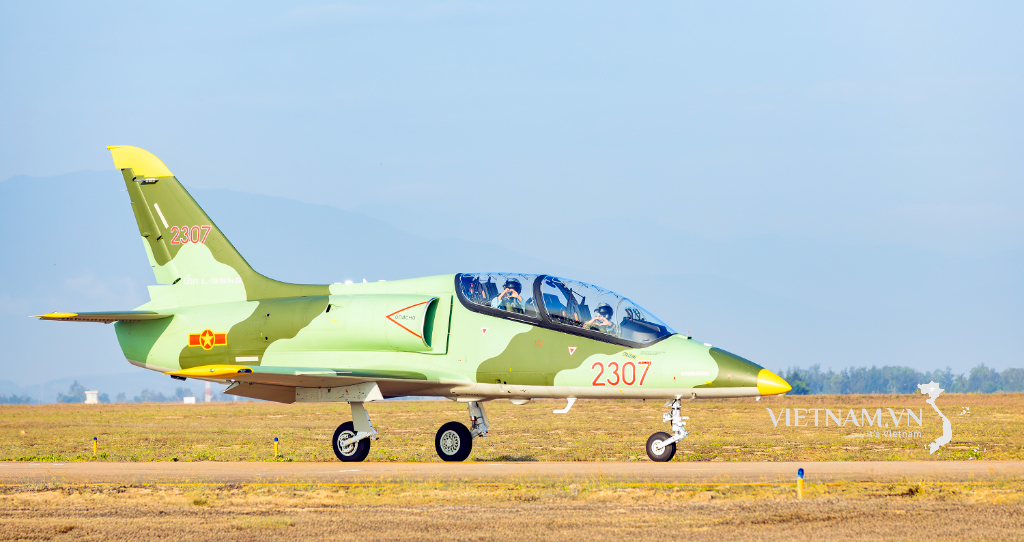
Comment (0)